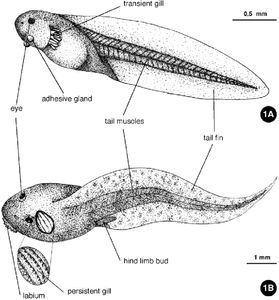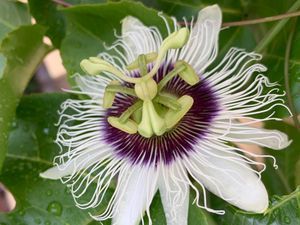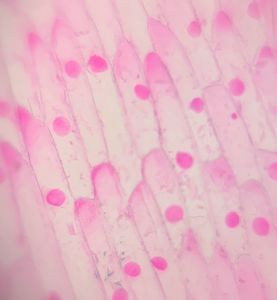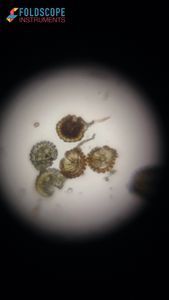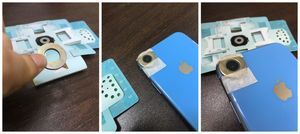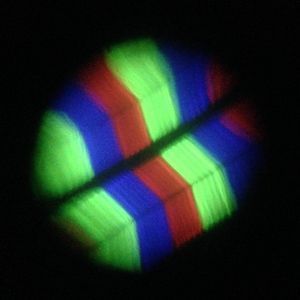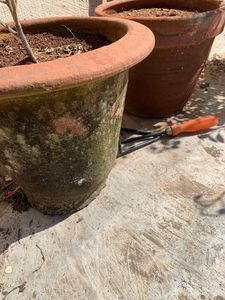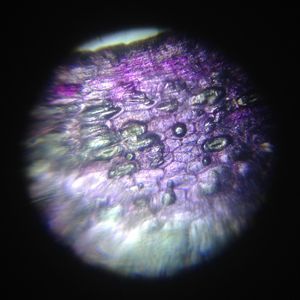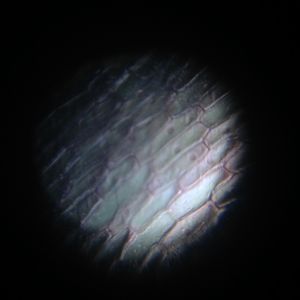Water distiller with everyday home supplies
 Mar 26, 2022 • 3:01 AM UTC
Mar 26, 2022 • 3:01 AM UTC Unknown Location
Unknown Location 140x Magnification
140x Magnification Non-Living
Non-Living
CookerBird
Learn about the author...
13posts
9comments
1locations
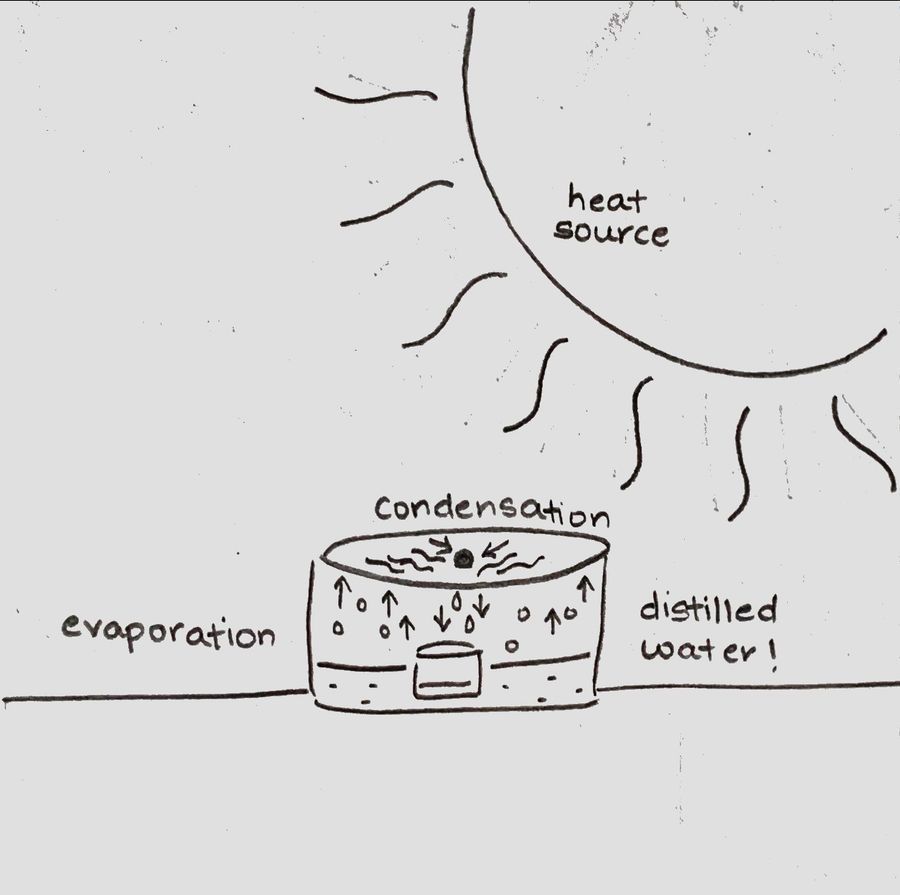
Summer’s finally here! Which means it’s time to distill our own water, making full use of the abundant summer sun.
Distilled water is used for hydrating samples like moss and lichens. Tap water is said to contain chlorine, which is harmful to microorganisms in the sample. I haven’t compared results with tap water and distilled water (I intend to soon), but since using distilled water is supposed to be safer, I decided to make my own with everyday items at home.
All the components of this distillation setup are things you are likely to already have in your kitchen. And the best part is, once you’re done distilling water for your samples, you can dissemble the distiller and put everything back where it was!
Materials required
A medium to large saucepan A glass lid with a handle (to fit the saucepan) A small jar shorter than the saucepan A marble or a smooth pebble A pinch of cotton
Assembling the distiller
Unscrew the handle from the glass lid. Place the jar in the centre of the saucepan. Fill the saucepan with water then place the lid upside-down on the saucepan (the convex surface of the lid should be towards the jar). There will be two holes in the lid: one in the centre where the handle was bolted on and one smaller hole near the side for steam to escape. Put the marble on the first hole and plug the second with cotton.
Distilled water is used for hydrating samples like moss and lichens. Tap water is said to contain chlorine, which is harmful to microorganisms in the sample. I haven’t compared results with tap water and distilled water (I intend to soon), but since using distilled water is supposed to be safer, I decided to make my own with everyday items at home.
All the components of this distillation setup are things you are likely to already have in your kitchen. And the best part is, once you’re done distilling water for your samples, you can dissemble the distiller and put everything back where it was!
Materials required
A medium to large saucepan A glass lid with a handle (to fit the saucepan) A small jar shorter than the saucepan A marble or a smooth pebble A pinch of cotton
Assembling the distiller
Unscrew the handle from the glass lid. Place the jar in the centre of the saucepan. Fill the saucepan with water then place the lid upside-down on the saucepan (the convex surface of the lid should be towards the jar). There will be two holes in the lid: one in the centre where the handle was bolted on and one smaller hole near the side for steam to escape. Put the marble on the first hole and plug the second with cotton.

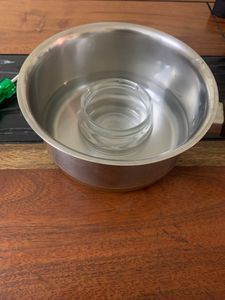
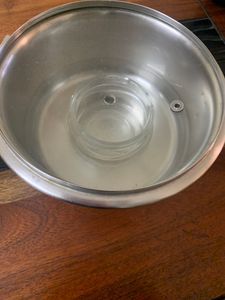
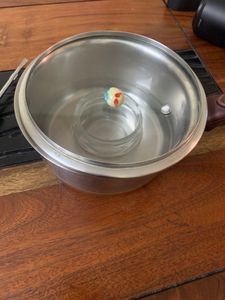
That’s it! Keep the distiller in the sun for your home-distilled water to collect in the jar.
How it works
Greenhouse effect kicks in through the glass lid. The water in the pan heats up. Pure water evaporates from the saucepan and condenses on the glass as little drops. These droplets slide towards the centre of the lid because of the concave surface and form one big drop of distilled water, which falls into the jar.
CookerBird
How it works
Greenhouse effect kicks in through the glass lid. The water in the pan heats up. Pure water evaporates from the saucepan and condenses on the glass as little drops. These droplets slide towards the centre of the lid because of the concave surface and form one big drop of distilled water, which falls into the jar.
CookerBird
Sign in to commentNobody has commented yet... Share your thoughts with the author and start the discussion!
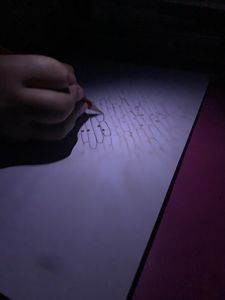
 0 Applause
0 Applause 0 Comments
0 Comments